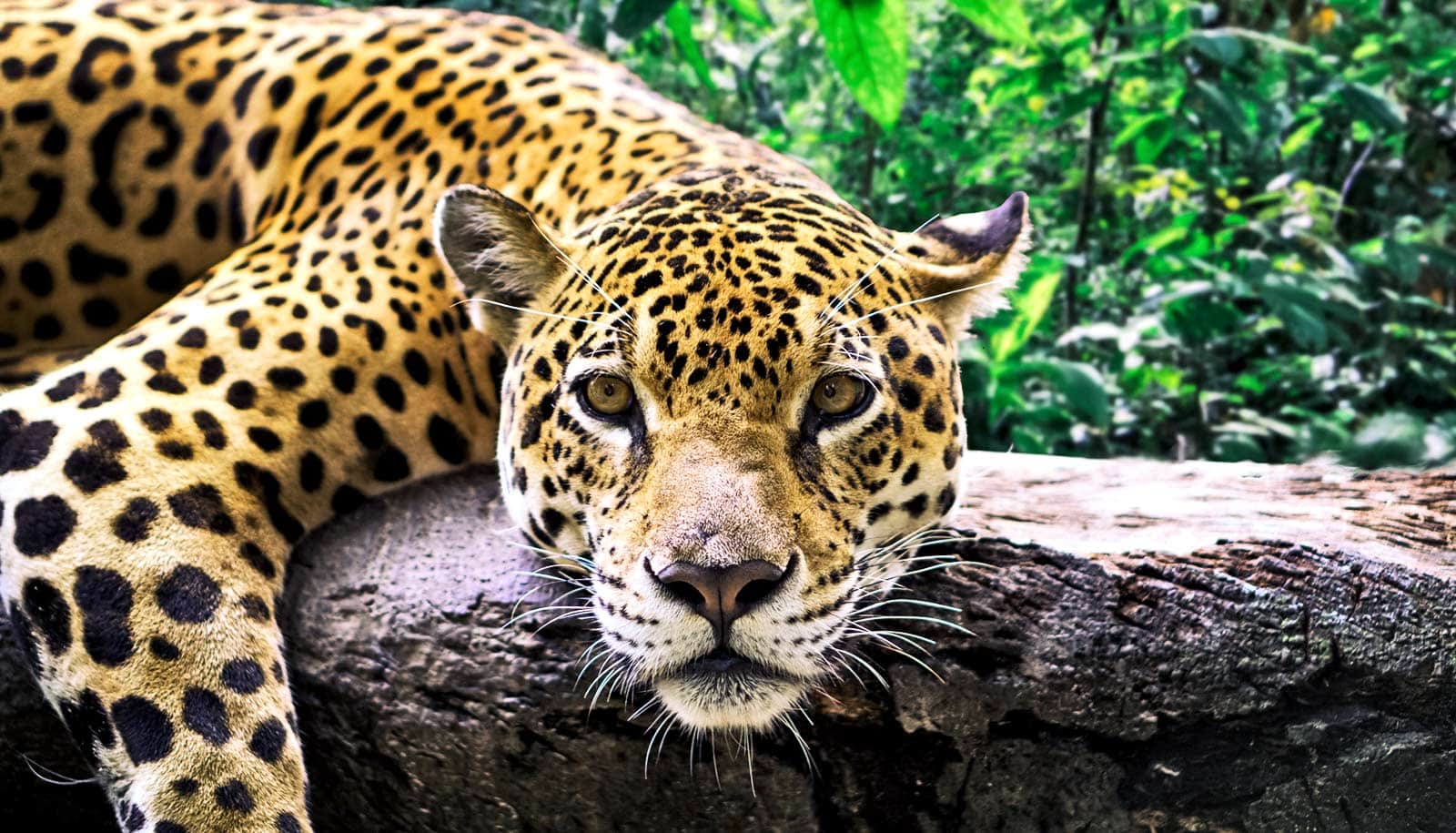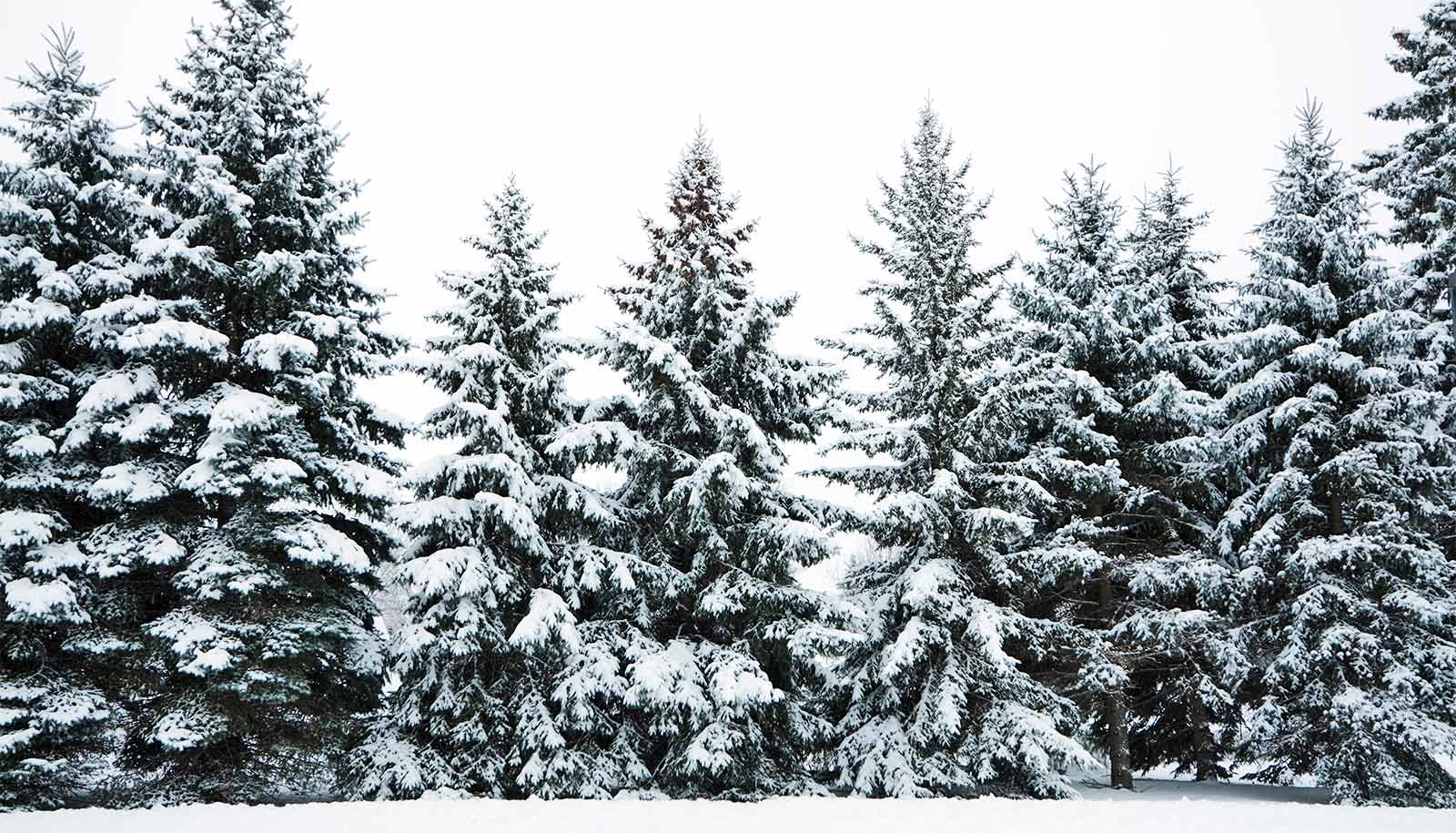Animal diversity may be key to the carbon cycle in tropical rainforests like the Amazon, new research suggests.
Trees in tropical forests are well known for removing carbon dioxide from the air and storing the potent greenhouse gas as carbon in their leafy branches and extensive roots, but the new research indicates animals are vital to the carbon cycle as well.
The research is based on more than a million records of animal sightings and activity collected by 340 indigenous technicians in the Amazon during more than three years of environmental surveys. The researchers found that places where animals are most diverse correlate with places that have the most carbon sequestered in the soil.
“It’s not enough to worry about the trees in the world holding carbon. That’s really important but it’s not the whole story,” says Jose Fragoso, an ecologist at Stanford University during the research. “We also have to worry about maintaining the diversity and abundance of animals, especially mammals at this point, in order to ensure a well-functioning carbon cycle and the retention of carbon in soils.”
If we want to increase carbon sequestration, we have to preserve not only high numbers of animals but also many different species, the authors say.
Help from the experts
The researchers were inspired to take on this work by a conversation held during a biology department happy hour years ago.
The scientists knew that an ecosystem with more species generally functions better, which they assumed should include the carbon cycle. Proving the relationship between animal diversity and carbon, however, was not so straightforward.
“It is a very difficult idea to test regarding vertebrates in a real-world system such as the Amazon,” says Mar Sobral, lead author of the paper, who was a postdoctoral researcher in the lab of Rodolfo Dirzo, a biologist from Stanford, during this research. “The amount of data needed to test such an idea is massive and the type of data is a big challenge. The economic resources, time and logistics involved in our project are unprecedented.”
“I hope this research will encourage a more holistic view of communities…”
In order to collect these data, people from the indigenous Makushi, Wapishana, and Waiwai nations trekked through the Amazon, noting the number, diversity, and potential carbon storage of trees—using size and rainfall estimates—and the presence and activities of vertebrate animals, including large mammals, birds, reptiles, and amphibians.
Over a three-year period, they saw 132,995 individual vertebrate animals and recorded signs of an additional 190,369, representing 218 species. There was evidence of 43,448 feeding events, and for each one technicians recorded what was eaten. Researchers cross-referenced these data sets with carbon levels that came from 825 soil samples taken in the final six months of the fieldwork.
The researchers found that soil had the highest carbon concentrations where they saw the most vertebrate species. When they looked for a mechanism that could explain this relationship, they saw that the areas with highest animal diversity had the highest frequency of feeding interactions, such as animals preying on other animals or eating fruit, which results in organic material on and in the ground.
Forests on mountains store more carbon
The researchers suggest that these meal remnants bump up diversity and abundance of soil microbes, which convert the remains into stored carbon.
“Traditionally, it is plant biologists who have been asking questions about carbon stocks, and plants are the acceptable organisms to work with,” says Kirsten Silvius, a senior research associate at Virginia Tech and coauthor of this paper. “I hope this research will encourage a more holistic view of communities and a better understanding of large vertebrates as full participants in ecosystem function rather than as somewhat removed beneficiaries of that ecosystem function or victims of the loss of function.”
Looking ahead
Fragoso, Silvius, and Sobral plan to return to the Amazon to further test their hypothesis, along with Dirzo and others. They want to know more about the soil microbes and are curious whether certain key species in the environment are critical for soil carbon rather than animal biodiversity.
The researchers will also test a new technique they hope will allow them to measure diversity through DNA collected from mosquitos and flies.
Fragoso says the indigenous people they worked with were critical for collecting such high quality data. In any given month, there were at least 70 technicians collecting data. Relying on their knowledge and local skills and bolstered by training in techniques to measure animal abundance, they were able to identify species by eye and other signs of their presence, including tracks, burrows, and scat.
Sunlight and microbes in permafrost add carbon to atmosphere
“Without the indigenous people, it would have been completely impossible to do this,” Fragoso says. “My graduate students and postdocs would not have had the skills to walk into and detect animals in these remote, often mountainous or swampy tropical rainforest sites.”
He also emphasizes the importance of compensating indigenous people fairly for their work and for maintaining the forest and the animals within it.
Additional coauthors on this work are from the State University of New York College of Environmental Science and Forestry; Museu Nacional/UFRJ Rio de Janeiro, Brazil; and the Carnegie Institution for Science.
The National Science Foundation, the Gordon and Betty Moore Foundation, and Stanford University funded the research.
The researchers report their work in the journal Nature Ecology and Evolution.
Source: Stanford University



